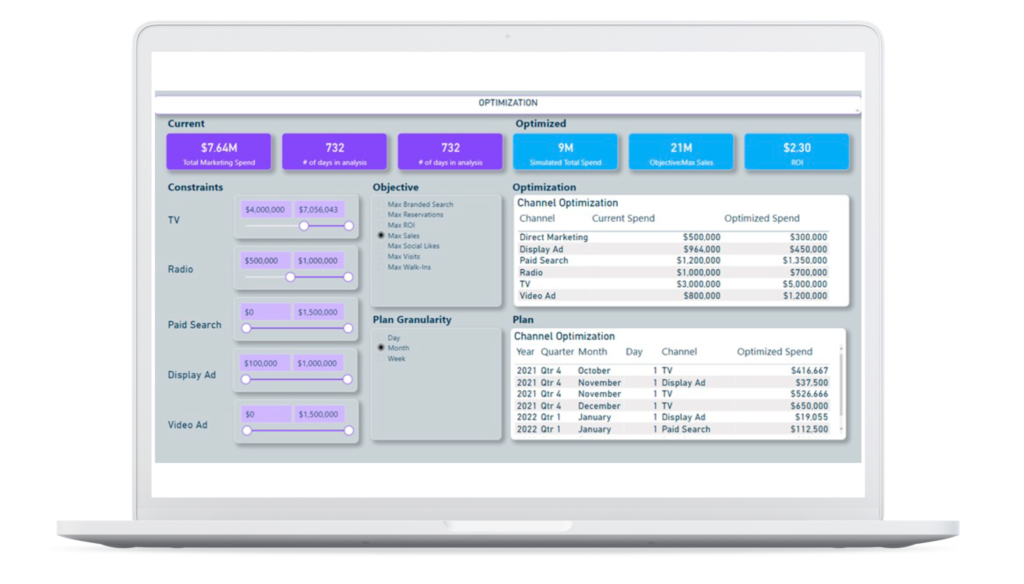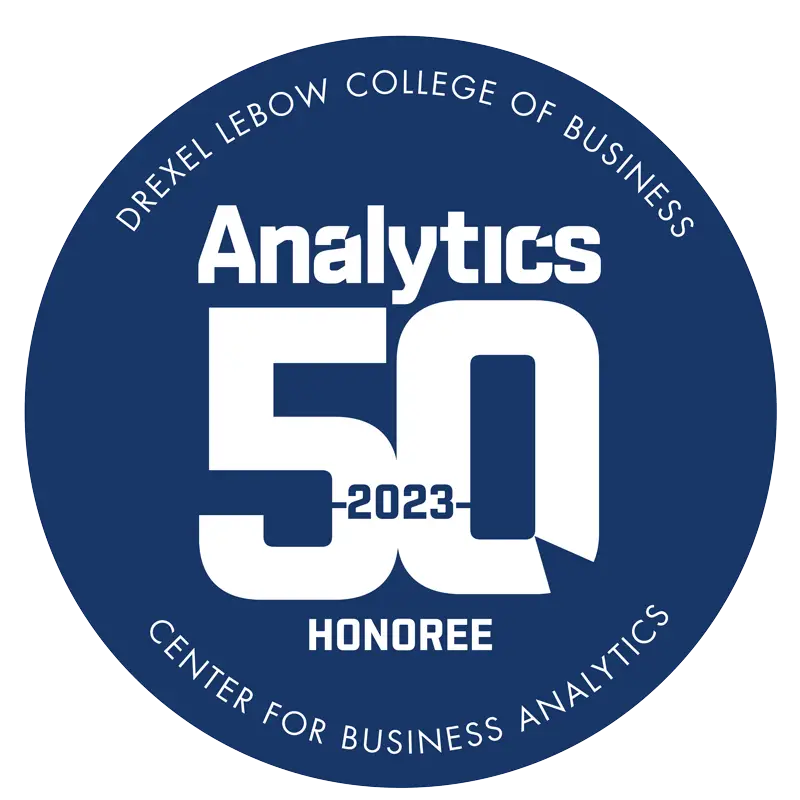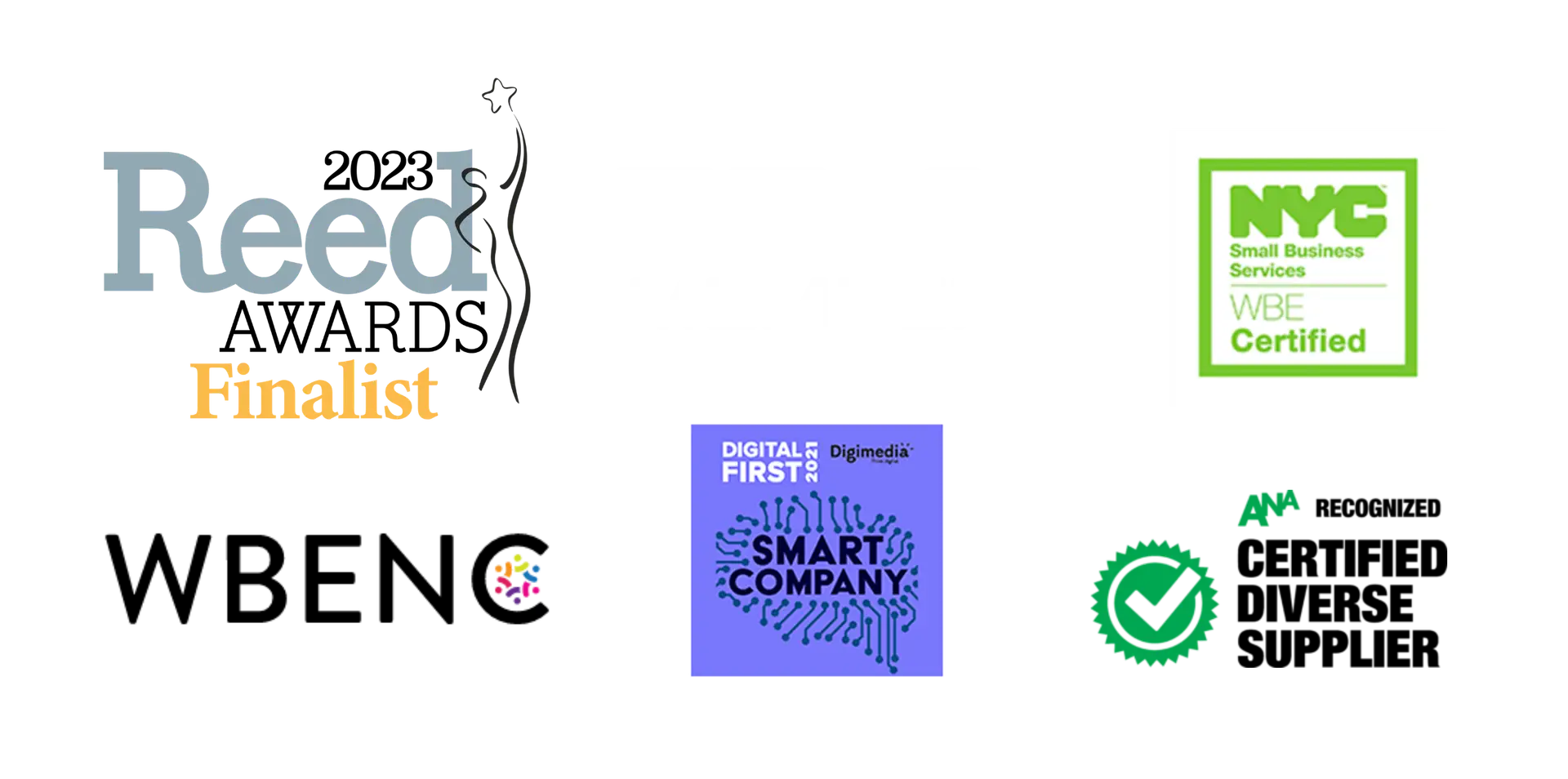
Are you wasting money on ineffective marketing?
RSLT’s MMM helps you invest smarter and drive higher returns.
Increase ROI by identifying the channels that drive the most conversions—both online and offline. With RSLT’s MMM solution, you’ll gain deep insights into the effectiveness of each marketing component, including non-marketing variables from the RSLT Stack, Our data-driven approach delivers actionable recommendations and forecasts to optimize your strategy, boost revenue, and maximize sales.
Have Questions? We Have the Answers.
What value does your brand generate beyond your current marketing efforts?
How do external factors—like seasonality and economic shifts—impact your sales?
Which marketing channels deliver the highest ROI, and where should you focus?
Where should you allocate more budget, and where can you cut back?
Get data-driven insights to optimize your marketing strategy and maximize revenue. Let’s uncover the answers together.
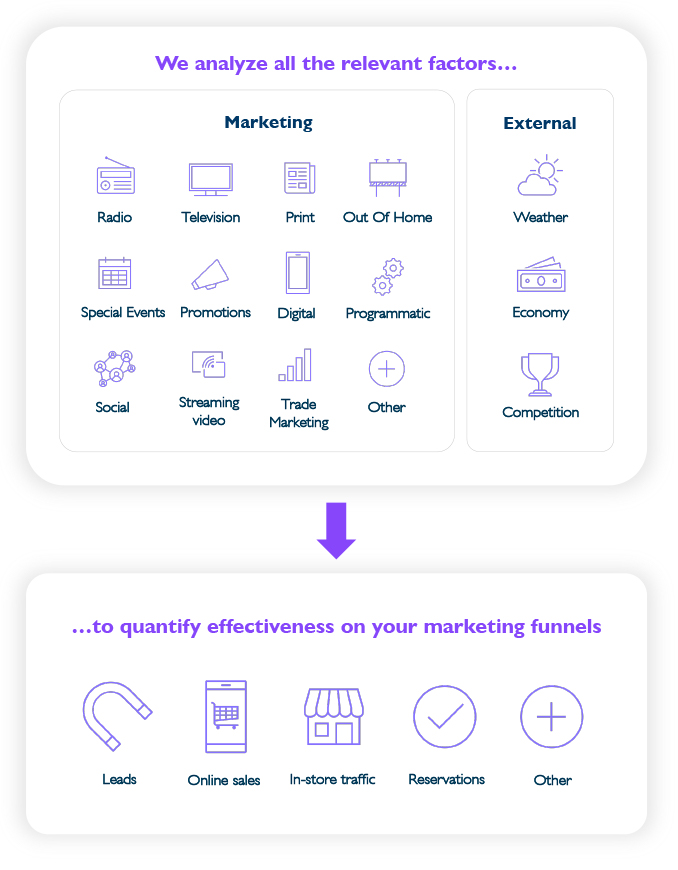
How exactly does Marketing Mix Modeling help?
Optimize your budget for maximum effectiveness across your marketing mix, so you can increase sales and have longer-term impact
Learn how to phase your marketing spend to take advantage of seasonal opportunities and trends.
Measure your strategy across channels and tactics, rather than looking at each data source individually.
The RSLT modeling process
We learn what we need to know about your products, this part is crucial because it allows us to select the most effective modeling strategy to reach your goals.
We collect marketing data through APIs and/or flat files and source non-marketing data from the RSLT Stack.
Identify incomplete, incorrect and inaccurate data. Clean and fill in missing values with a backed up data science methodology approach.
Our distinctive advantage resides in how sophisticated our statistical methodology is and how automated it is. Our algorithms enable us to deliver detailed insights at scale at a minimal cost, and our monitoring system keeps models optimized between model refreshes. We fit, evaluate and re-adjust until the optimal model is found.
See robust insights on past marketing strategies.
Run simulations and optimizations to reach your goals (Max sales, visits, call etc.) based on your constraints, so you know where and how much to invest to get the maximum impact.
We learn what we need to know about your products, this part is crucial and helps us choose the most effective way in approaching the modeling process to reach your goals.
We collect marketing data through APIs and/or flat files and source non-marketing data from the RSLT Stack.
Identify incomplete, incorrect and inaccurate data. Clean and fill missing values with a backed up data science methodology approach.
Our distinctive advantage resides in how sophisticated our statistical methodology is and how automated it is. Our algorithms enable us to deliver detailed insights at scale at a minimal cost, and our monitoring system keeps models optimized between model refreshes. We fit, evaluate and re-adjust until the optimal model is found.
See robust insights into your marketing strategies.
Run simulations and optimizations to reach your goals (maximum sales, visits, calls, etc.) based on your constraints, so you know where and how much to invest to get the maximum impact.
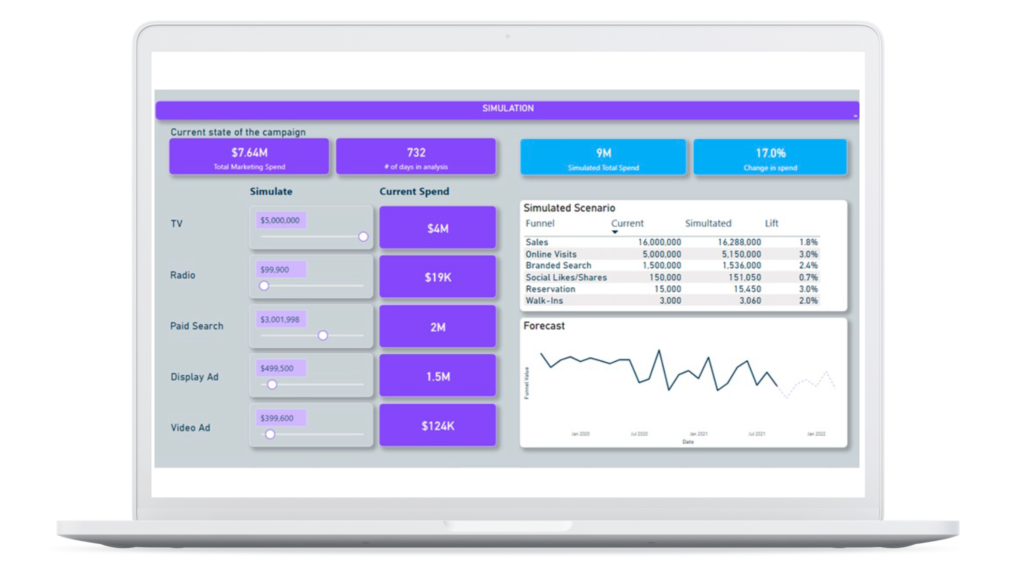
Simulation/Forecast
Optimization
